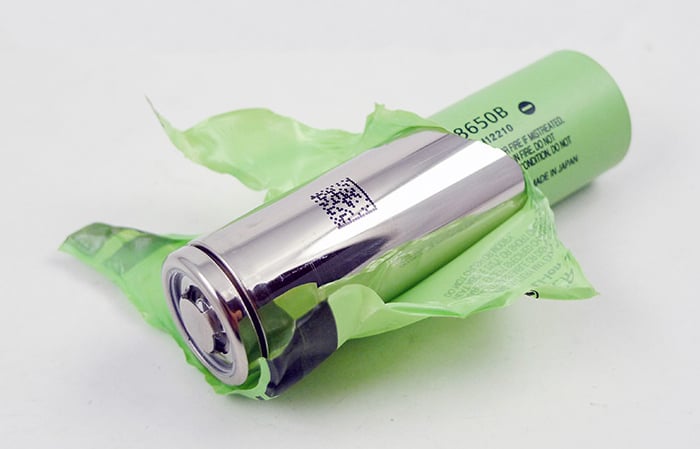It looks like the new battery architecture that was mentioned by Elon and JB used in P100D pack is outlined in US Patent Application Publication US 2015/0244036 A1 titled ENERGY STORAGE SYSTEM WITH HEAT PIPE THERMAL MANAGEMENT.
I made an attempt at comprehensive search of all Tesla patents, but could not find any other that would be consistent with what we know about the P100D:
Salient points of the Patent:
4. Interconnections between the cells using printed circuit technology not only allows for efficient highly automated manufacturing, but also ostensibly allows for a reduction of the resistance associated with the interconnections, improving voltage profile at high discharge rate, allowing for increase of power without increase of the maximum current – IMO secret sauce allowing improvement of the performance in P100D and improvement in the speed of supercharging.
This is truly a breakthrough stuff. Extremely impressive. Especially considering that the application was filed in February of 2014, and the detailed design, manufacturing design, testing, tooling, work with suppliers, and final production of the new battery pack took only 22 month. I am wondering how many other innovations Tesla is working on, unbeknown to casual observers.
Here are couple of illustrations from the Patent with my annotation:


I made an attempt at comprehensive search of all Tesla patents, but could not find any other that would be consistent with what we know about the P100D:
- Significantly increased speed of supercharging. Both improved cooling due to use of heat pipes and reduced heat generated by the cell interconnection using flexible printed circuit
- Elimination of cooling ducts between the rows of the cells which allows for more cells within the same size pack. This is consistent with the new heat pipe based cooling design.
- Improved performance of the P100D could be attributed not only to improved cooling, but perhaps in greater degree to the reduced resistance of the battery call interconnections due to use of the printed circuit technology
Salient points of the Patent:
- Heat Pipe technology originates from the aerospace industry. The technology based on the application of the hollow pipe (not necessarily round in cross section and not necessarily having just one hollow channel) which contains phase change fluid. At the evaporative end (hot end) of the heat pipe fluid changes state from liquid to gas. At the condensation end (cold end) of the heat pipe fluid changes state from gas to liquid. The circulation of the fluid within the heat pipe is occurring due to pressure differential between the gas and liquid states and therefore does not require any external power, has extremely high reliability, and very robust heat transfer properties – all contributing to original use in the aerospace industry. Video illustrating technology. Another video
- The advantages of heat pipe based cooling system for automotive and stationary energy storage systems are listed in the patent as follows:
- Elimination of the internal fluid connections, thereby avoiding leakage
- Closed loop cooling system reduces pressure drop losses with regard to an overall cooling system
- Elimination of the external cooling tube assemblies
- Rapid fluid migration can be provided that keeps cells at even temperatures
- Cooling tube sections between rows of cells can be eliminated, thereby allowing more cells to be packed into a given space
- Even if rapture occurs in one of heat pipe lumens, significant cooling/heating can nevertheless be provided by way of other undamaged lumens within the heat pipe
4. Interconnections between the cells using printed circuit technology not only allows for efficient highly automated manufacturing, but also ostensibly allows for a reduction of the resistance associated with the interconnections, improving voltage profile at high discharge rate, allowing for increase of power without increase of the maximum current – IMO secret sauce allowing improvement of the performance in P100D and improvement in the speed of supercharging.
This is truly a breakthrough stuff. Extremely impressive. Especially considering that the application was filed in February of 2014, and the detailed design, manufacturing design, testing, tooling, work with suppliers, and final production of the new battery pack took only 22 month. I am wondering how many other innovations Tesla is working on, unbeknown to casual observers.
Here are couple of illustrations from the Patent with my annotation:
Last edited:





